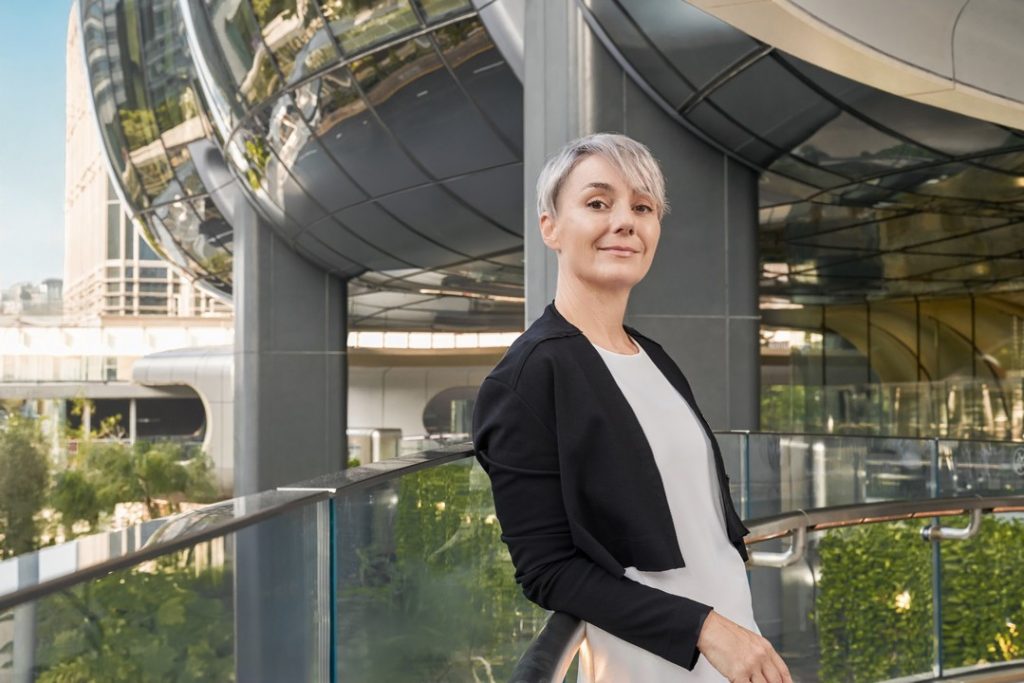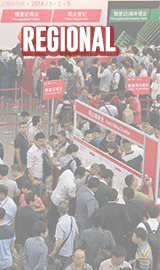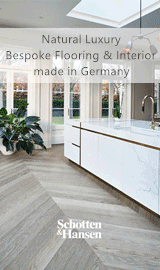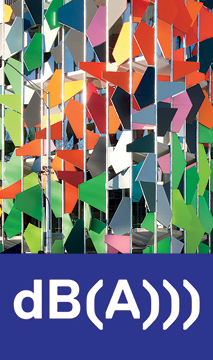Nestled in the heart of Hong Kong’s bustling financial district, The Henderson stands as a striking new landmark, its fluid form a testament to the collaborative vision of Zaha Hadid Architects (ZHA) and their client, Henderson Land. ZHA’s competition-winning design is a response +to a brief for a sustainable, flexible office building with a strong connectivity to the public realm.

Photography in this post by Tam Wai Man
In this exclusive interview, PRC Magazine meets with Sara Klomps, a senior architect and director at ZHA, whose unique background and design sensibilities have helped shape this captivating addition to the city.
Sara’s dual training in both the technical and creative aspects of design in her native Germany would prove invaluable throughout her career, particularly when encountering the work of Zaha Hadid.
“I was drawn from a design point of view,” Sara recalls. There was this incredible beauty, but also a sense of breaking conventions that really appealed to me,” she adds.
Despite the debates within the German architectural community about the late Hadid’s unconventional approach, Sara was captivated. She joined ZHA’s London office on graduation in 1998 to begin a career that would allow her to join what was back then a small team of 20 personnel working with limited resources and relying heavily on hand drawn designs.
“It wasn’t about joining a brand,” she says, emphasising the firm’s evolution from those humble beginnings to its current global recognition as one of the world’s leading architectural studios. Over time, Sara has seen the design language evolved, moving from more angular forms to the fluid, curvilinear aesthetic that has become a hallmark of ZHA’s work.
In the London office, she played a key role on several ZHA cultural projects, including award winning MAXXI: Museum of XXI Century Arts in Rome, the Phaneo Science Centre in Wolfsburg in Germany, and the Lois & Richard Rosenthal Centre for Contemporary art in Cincinnati. Her portfolio also includes the London Aquatics Centre, a key venue of the 2012 London Olympic Games and the Forest Green Rovers Eco Park Stadium, the first all word football stadium in Stroud in England’s Cotswolds, where almost every element is made from sustainably sourced timber. She was also responsible for the development of the double-curved external cladding on the award winning Investcorp Building for the University of Oxford.
However, her journey in Asia, began with The Henderson when she relocated to Hong Kong from ZHA’s London office in November 2017 to lead the prestigious development on 2 Murray Road. It’s a project she says is the epitome of a philosophy that breaks down the barriers between the external and internal, with sustainability and connectivity being central to the design.
A Polished Gem
The design team had initially envisioned the building form as a “polished gem”, and the concept of the building as a refined sculpted object was central to the architects’ overall approach. The end result is a highly complex, curved façade achieved through the team’s technical expertise and creativity and a collaborative approach with manufacturers and contractors.
“The polished gem concept was meant to convey a sense of the exterior being shaped and refined over time, much like a natural gemstone,” Sara explains.
Indeed, the very concept that informs the curved, sculptural façade is tied into the team’s philosophy of treating the external public realm as an integral part of the building, allowing it to “flow” around and underneath the structure.
Asked what three words she would use to describe the Henderson, Sara thinks for a moment before uttering “fluid, elegant, and calm”, acknowledging that many other adjectives could equally apply.
Designing for Flexibility, Adaptability and Sustainability
The sculptural form of the Henderson is not merely a stylistic choice, but a means of achieving a high degree of flexibility and adaptability.
“We have a very large and almost column-free floor plate that allows it to be used for collaborative work environments, traditional work environments, or other alternative uses,” Sara explains.
This emphasis on flexibility was a key driver in the design, as the team sought to create a building that could withstand the test of time and accommodate changing office needs.
The flexible and adaptable floor plates were designed to allow for future changes in the building’s use, reducing the need for extensive renovations and maximising the building’s longevity.
Sustainability was also a core priority in the design of The Henderson. And while Sara acknowledges the challenges posed by Hong Kong’s regulatory environment, particularly relating to GFA and limitations on external shading and other green features, ZHA also conducted in-house carbon analysis to understand and minimise the project’s embodied emissions, despite the challenges posed by the concrete-heavy basement structure.
The design also includes an efficient chiller system to minimise the building’s energy consumption, leveraging the latest advancements in HVAC technology.
Overcoming Challenges
Bringing any architectural vision to life is not without its challenges. And while the Covid-19 pandemic presented its own set of obstacles, Sara admits that the complex, curved facade of the Henderson presented a significant technical hurdle, which the team addressed through extensive collaboration with glass manufacturers.
With the help of consultants, the team leveraged advancements in digital glass forming technology to enable the mass production of the intricate panels with reduced waste. This involved working closely with facade contractors and glass suppliers, some of whom had to switch their manufacturing locations during the project due to supply chain disruptions.
“The glass was mostly manufactured in Europe, and the curtain wall was fabricated in Europe and China,” Sara explains.
The team also had to address the unique wind and typhoon conditions of the building’s westward orientation and were required to conduct wind tunnel tests and BD submissions to comply with the city’s building code.
Alongside the technical complexities, ZHA also placed a strong emphasis on integrating The Henderson with the surrounding public realm.
“The third-floor lobby is public. Anyone can go up there. There’s art display, there will be coffee shops, there will be restaurants,” Sara explains, highlighting the team’s efforts to create a seamless connection between the building and the city.
This commitment to public engagement extends to the adjacent park, which will feature a large sculpture by artist Anish Kapoor.
“There is, I think, a lot of interest in giving something back to the city for everyone to see and use,” Sara says.
For the ZHA team, this blending of the public and private realms is a hallmark of their design approach. “It’s rare that you have a commercial building which does not include a private lobby at the bottom, but this public space is an integral part of the space,” Sara notes.
She also emphasises the importance of responding to the local context, despite the global nature of the project,
“We see The Henderson something of a solitary form in the urban fabric,” Sara says, referencing the seamless way the development interacts with the asymmetric features of its iconic neighbours, the HSBC headquarters and Bank of China building.
A Sentimental Attachment
As The Henderson nears completion, Sara reflects on the personal growth and sentimental attachment she has developed towards the project.
“I really hope that the building remains and develops even more into becoming an integral part of the urban fabric,” she says, emphasising the team’s desire to create a truly public space that is accessible to all.
This sentiment speaks to the architects’ broader vision for The Henderson, one that goes beyond the physical structure to encompass the building’s role in the life of the city.
Through Sara’s eyes, the story of the Henderson emerges as a testament to the power of collaborative design, technical innovation, and a deep commitment to integrating architecture with the public realm.
As Hong Kong’s skyline continues to evolve, this elegant landmark stands as a shining example of the transformative potential of thoughtful, contextual design. For the architect, working on this high-profile project in Hong Kong represents a valuable professional and personal growth experience, allowing Sara to develop new skills and adapt to the unique design and construction realities of the Asian city she now calls home.

Sara Klomps (Photo by YC Kwan)
























